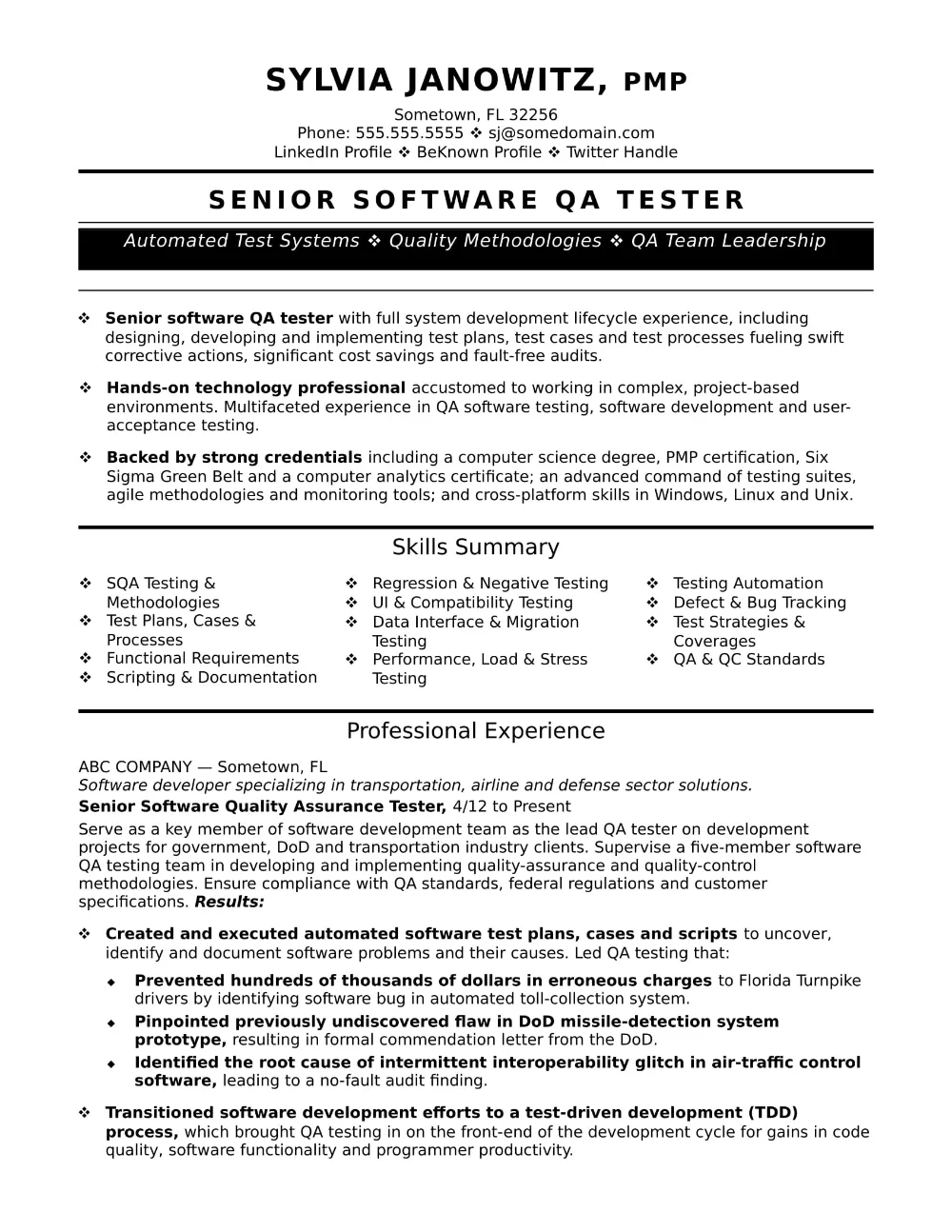What is a Cover Letter?
A cover letter is a crucial document that accompanies your resume when applying for a job. Think of it as your personal sales pitch, a chance to introduce yourself to a potential employer and highlight why you’re the perfect fit for the position. Unlike a resume, which provides a snapshot of your work history and skills, a cover letter allows you to expand on your qualifications, express your enthusiasm for the role, and demonstrate your understanding of the company and its needs. It’s your opportunity to make a strong first impression and convince the hiring manager to delve deeper into your qualifications by reading your resume. A well-crafted cover letter can significantly increase your chances of landing an interview.
Why are Cover Letters Important?
In today’s competitive job market, a cover letter is not just an optional add-on but a vital part of your job application. It serves as your first point of contact with a potential employer, setting the tone for your candidacy. A compelling cover letter allows you to go beyond the basic information presented in your resume, providing context and showcasing your personality. It enables you to tailor your application to the specific job requirements, demonstrating your genuine interest and how your skills align with the company’s needs. By effectively communicating your value and enthusiasm, a well-written cover letter can significantly increase your chances of securing an interview, giving you the opportunity to further showcase your qualifications and make a lasting impression.
Key Components of a Cover Letter
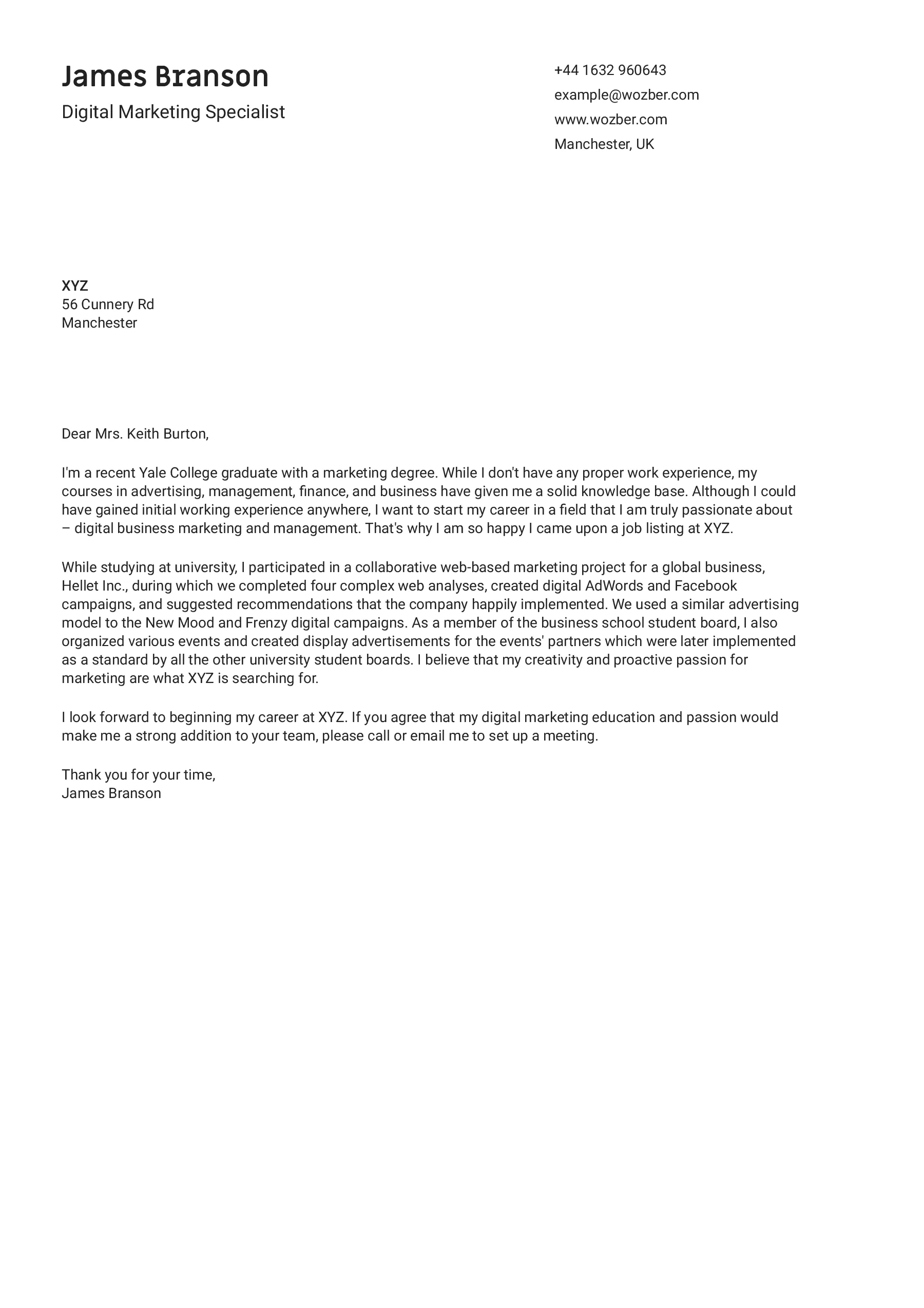
A strong cover letter comprises several key components, each playing a crucial role in presenting you as a qualified candidate. First, start with your contact information at the top, followed by the date and the employer’s contact details. The greeting should be formal and address the hiring manager or relevant contact person whenever possible. The opening paragraph is your opportunity to grab their attention by clearly stating the position you’re applying for and expressing your enthusiasm. The body of the letter should highlight your relevant skills and experience, providing specific examples of your accomplishments and quantifying them whenever possible. It’s also important to explain why you’re interested in the company and why you’re a good fit for their culture. Finally, conclude with a professional closing, expressing your gratitude and a call to action, such as requesting an interview.
Contact Information
At the top of your cover letter, include your contact information. This section provides the employer with the necessary details to reach you easily. Start with your full name, followed by your phone number, email address, and optionally, your LinkedIn profile URL. Ensure your email address is professional and uses your name or a variation of it. The placement of this information is usually in the top left or right corner of the page, or centered. Make sure your contact details are up-to-date and easy to read. This ensures that the hiring manager can promptly contact you for any further steps in the application process.
The Greeting
The greeting is your first interaction with the hiring manager or recruiter in the cover letter. Aim for a professional and polite tone. If you know the name of the hiring manager or the person you’re addressing, use it, such as ‘Dear Mr. / Ms. [Last Name]’. This personalized touch demonstrates that you’ve taken the time to research the company and the position. If the name of the hiring manager isn’t available, you can use a general salutation, such as ‘Dear Hiring Manager,’ or ‘Dear [Department] Team.’ Avoid generic greetings such as ‘To Whom It May Concern’ as they can appear impersonal. Ensure you spell the name correctly and double-check for any typos to make a positive first impression.
Opening Paragraph Grab Their Attention
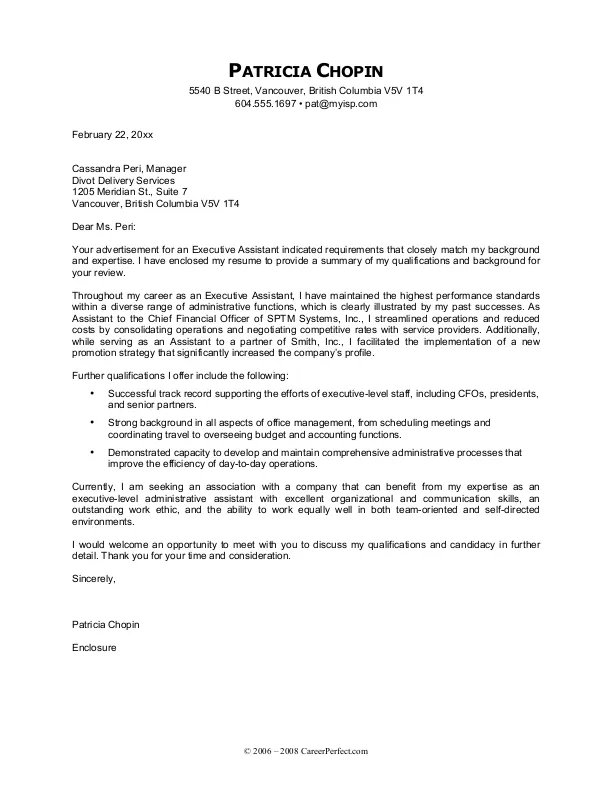
The opening paragraph is your opportunity to immediately capture the reader’s attention and make a strong first impression. Start by clearly stating the position you are applying for and where you found the job posting. Briefly summarize your most relevant skills and experiences, highlighting why you are a suitable candidate. Express your enthusiasm for the role and the company. Consider a compelling hook that immediately grabs their interest, such as mentioning a specific achievement or expressing your admiration for the company’s work. Tailor this paragraph to the specific job requirements and company culture. Avoid generic phrases, and instead, showcase your personality and genuine interest to make your cover letter stand out.
Highlighting Your Value
In the body of your cover letter, the goal is to highlight your value proposition to the employer. This involves effectively showcasing your skills, experience, and accomplishments that align with the job requirements. Instead of merely restating the information from your resume, elaborate on your qualifications and provide specific examples of your achievements. Quantify your accomplishments whenever possible, using data and metrics to demonstrate the impact of your work. Tailor your examples to match the specific needs and goals of the company, showcasing how your skills and experience can contribute to their success. By emphasizing your unique strengths and showing how you can solve the company’s problems, you increase your chances of making a compelling case for your candidacy.
Skills and Experience
When discussing your skills and experience in your cover letter, it is crucial to focus on what is most relevant to the job description. Analyze the job posting and identify the key skills and experiences that the employer is seeking. Then, provide specific examples from your past experiences that demonstrate your proficiency in these areas. Use the STAR method (Situation, Task, Action, Result) to structure your responses, describing the situation or task you faced, the actions you took, and the positive results you achieved. Use action verbs to describe your responsibilities and achievements. Quantify your accomplishments whenever possible, by including metrics and numbers that highlight the impact of your work. Tailor your examples to align with the company’s needs. This approach will show the hiring manager that you understand the requirements and are capable of delivering results.
Quantifiable Achievements
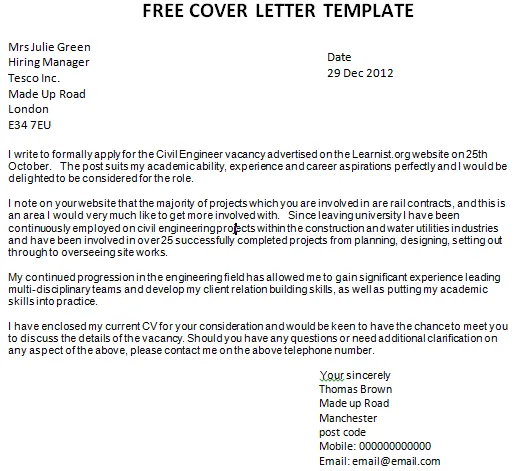
Quantifiable achievements are a cornerstone of a compelling cover letter. They provide concrete evidence of your accomplishments and demonstrate the value you can bring to a company. Instead of merely stating your responsibilities or listing your skills, focus on highlighting your achievements using numbers, data, and metrics. For example, instead of saying ‘Managed social media campaigns,’ you could say, ‘Increased social media engagement by 30% in six months, resulting in a 15% growth in followers.’ Use metrics to illustrate the impact of your work. These could include percentages, dollar amounts, numbers of clients served, or any other quantifiable data that demonstrates your success. By including quantifiable achievements, you provide compelling evidence of your capabilities. This makes it easier for the hiring manager to understand your contributions.
Why This Company?
A crucial element of an effective cover letter is demonstrating why you want to work for this specific company. This shows that you have done your research, understand the company’s mission, values, and goals, and that you genuinely want to be a part of their team. Start by researching the company’s website, social media profiles, and recent news articles to gain insights into their culture, projects, and values. Express your admiration for the company’s work, mentioning any specific projects, products, or initiatives that have resonated with you. Explain how your skills and experience align with the company’s needs. Highlight how your values align with theirs. By showing your interest and enthusiasm, you demonstrate that you are not just looking for a job, but that you are excited about the opportunity to contribute to the company’s success.
Closing the Letter
The closing of your cover letter is a critical opportunity to reinforce your interest and make a final, positive impression. Start by expressing your gratitude to the hiring manager for their time and consideration. Reiterate your enthusiasm for the position and the company, emphasizing your belief that you are a good fit. End with a clear and confident call to action. This could be a request for an interview, a statement of your availability for a discussion, or a simple expression of your eagerness to hear from them. Include a professional closing, such as ‘Sincerely,’ ‘Best regards,’ or ‘Thank you,’ followed by your typed name. Remember to proofread the entire letter one last time to ensure that it is error-free and reflects your professionalism.
Expressing Gratitude and Call to Action
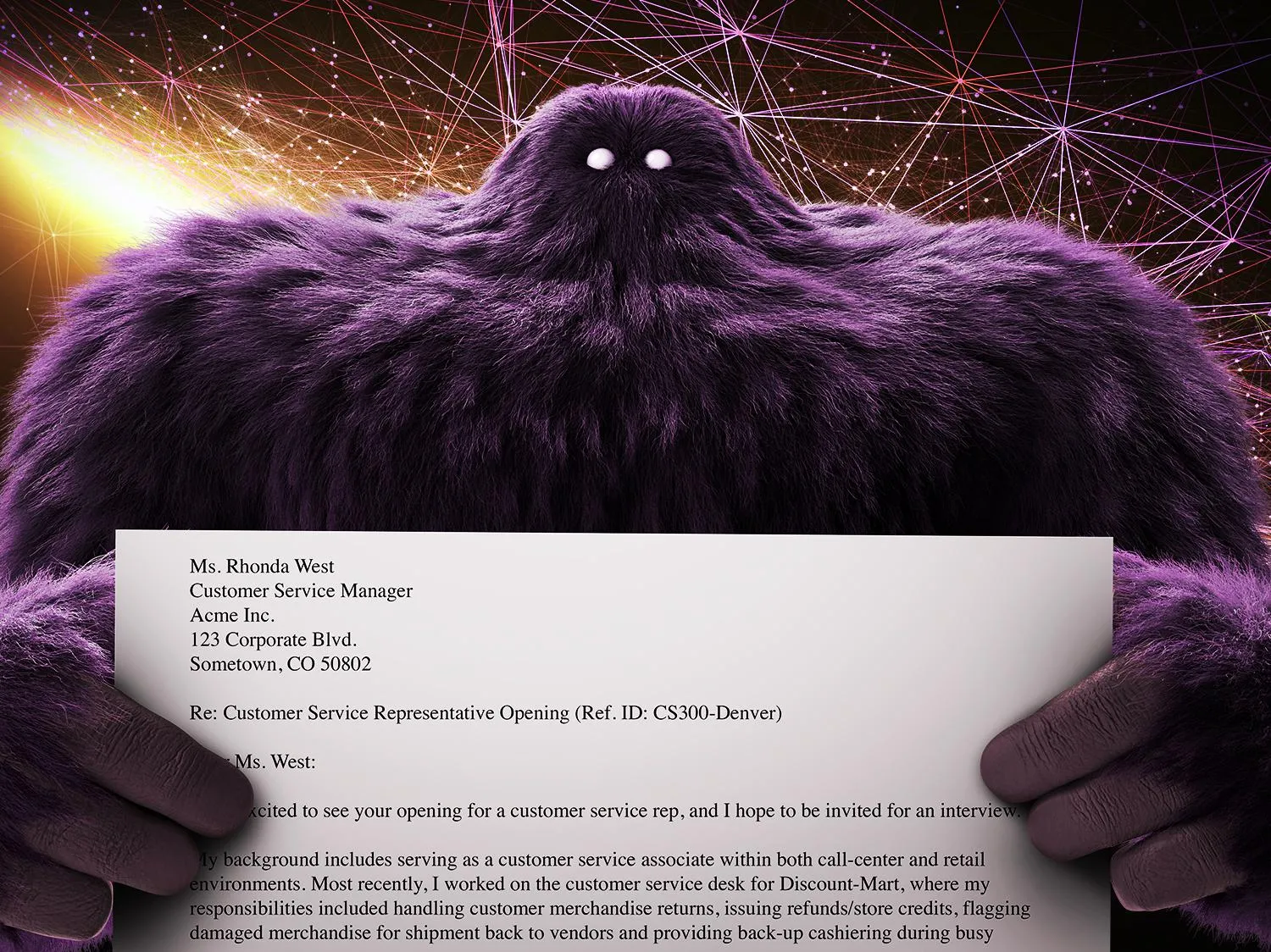
Expressing gratitude and including a call to action are essential components of a strong cover letter closing. Begin by thanking the hiring manager for considering your application and for their time. This shows respect and appreciation for their efforts. Then, reiterate your enthusiasm for the role and the company, and briefly summarize why you believe you are a good fit. The call to action is a crucial step, where you explicitly state your desire for the next step. You might request an interview, state your availability for a meeting, or express your eagerness to hear from them. Make this call to action clear, concise, and confident. Conclude with a professional closing, such as ‘Sincerely’ or ‘Best regards,’ followed by your full name. Ensure that your contact information is up to date so that they can easily reach you.
Formatting and Presentation
The formatting and presentation of your cover letter are just as important as its content. A well-formatted cover letter is easy to read, professional, and reflects your attention to detail. Use a clean, readable font such as Times New Roman, Arial, or Calibri, with a font size of 10 or 12 points. Maintain consistent formatting throughout the document, including spacing, margins, and alignment. Use clear, concise paragraphs, and use bullet points or numbered lists to highlight key achievements. The cover letter should ideally be one page long, so keep your writing focused and avoid unnecessary wordiness. Proofread the document carefully to catch any grammatical errors or typos. A well-formatted cover letter makes a positive impression and shows that you care about the details.
Proofreading and Editing
Proofreading and editing your cover letter are critical steps in ensuring its professionalism and effectiveness. After writing your cover letter, take the time to review it thoroughly for any errors in grammar, spelling, punctuation, and sentence structure. Read the document aloud to catch any awkward phrasing or unclear sentences. Check that all names, titles, and contact information are accurate. It’s also a good idea to have a second set of eyes review your cover letter. Ask a friend, family member, or career counselor to proofread it for you, as they may catch errors that you have missed. A polished cover letter shows that you take pride in your work and pay attention to detail, increasing the likelihood of making a positive impression.
